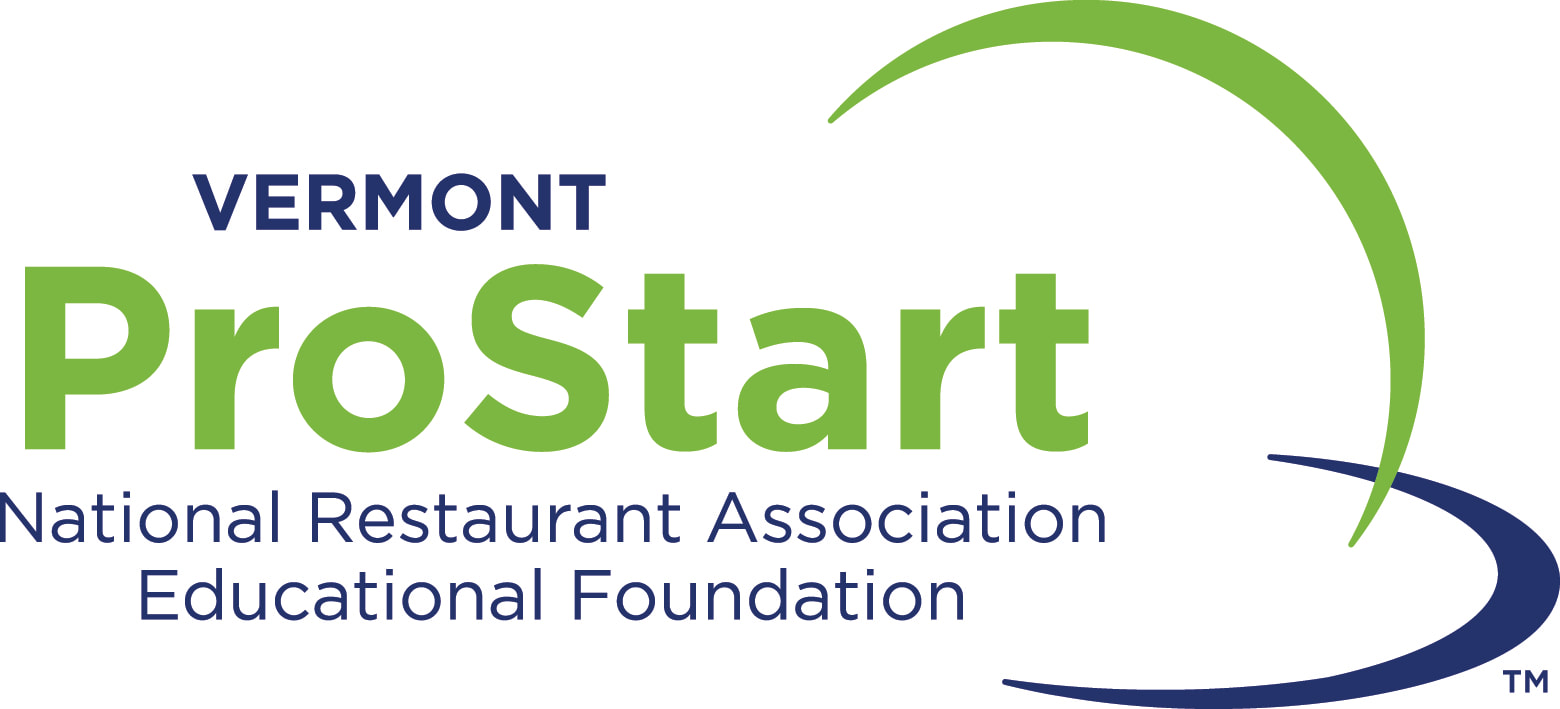
The Second World War, for those who are not familiar with the history of this period, was World War II. The war between Germany and the rest was bloody and saw cities being destroyed. The Germans suffered a series of defeats, including the invasion of France and the Allied invasions of Sicily and Italy. The Allied victory at Midway and D-Day are a few notable events.
German invasion of France
Major military operation was the German invasion in France during the second World War. Many civilians and Allied troops were forced to flee France by the Germans as part of their invasion. Despite the large evacuation of Allied troops from the area by the Germans, more than ten thousands allied troops were killed or taken prisoner. Germany was able during the invasion to use its airpower to their benefit.

Italy and Sicily were invaded by the Allies
Strategic decision was made to invade Sicily and Italy by the Allies during World War II. Both regions served as natural bridges connecting Africa and Europe and were the Mediterranean Sea's main dividing line. The islands' rugged topography made them vulnerable to Axis forces and could therefore disrupt Allied sea lanes. The invasion of Sicily proved controversial and polarized Allied forces. The final decision was reached through a compromise between British and American strategists.
D-Day victory of the Allies
Although the victory by the Allies at D-Day marked a turning point in the Second World War, it was only the beginning of a long and difficult struggle. The Germans had prepared well and were able to take advantage of their strengths. Although they had five infantry and one tank divisions and a few airborne units along the French coasts, the Allies were stronger in air and navy power. The Allies had over 14,000 sorties, while the Germans had only 500. The Germans were not able to launch a full-scale counter-offensive, and their men were depleted.
Germany's defeat on D-Day
The Normandy landings on June 6, 1944, helped the Allies win the war and liberate Western Europe from Nazi Germany. The Nazis were dealt a severe psychological blow by the invasion. They could not send more troops from France to support the Eastern Front. It was also a major psychological blow for the Nazis and prevented them from sending more troops to the Eastern Front.

Germany's annexe of smaller countries
Germany had large areas of land left over after the war. The Oder-Neisse Line was used as the new eastern border. These new territories formed one-quarter Germany's territory. Some of these territories were under the direct control of Poland, while others were occupied by the Soviet Union. The new border displaced most of the population from these former provinces, including East Prussia, most of Pomerania, and Silesia.
FAQ
Do you need to go to college to become an early childhood educator?
It is not possible, however, to better prepare yourself for your future career in this field, it might be worth looking into college.
It is crucial to realize that teaching is not an easy job. Every year, many people are rejected. Many students also quit college after only one semester.
A teacher must meet all requirements.
How much does homeschooling cost?
There are no set fees for homeschooling. Some families charge between $0-$20 per lesson. Other families offer no-cost services.
It takes effort and dedication to homeschooling. Parents should be able to dedicate enough time to their children.
They also need to have access book, supplies, books, and other learning resources. To supplement their education, homeschoolers may need to use community programs and events.
Parents must consider the costs associated with transportation, tutors, and extracurricular activities.
Homeschoolers need to be prepared for special occasions, field trips and vacations.
How do I select my major?
Students choose their majors based upon their interests. Some students prefer to choose a subject they like because it's easier than other subjects. Others want to pursue a career for which there are no jobs available. Others are motivated to make a living while studying a major. Whatever your reasons, you should consider what kind of job you might like after graduation.
There are many options for information on different areas of study. Talk to friends or family members about their experiences. Read magazines and newspapers to see if there are any careers listed. Talk with a guidance counselor at your high school to ask about possible careers. Visit Career Services at your local library or community center. Get books on different topics at your local library. You can search the Internet for information about specific careers.
How long do I need to prepare for college?
The time that you intend to spend studying for college is a function of how much you want to spend on it. If you plan to attend college immediately upon completing high school, you should start taking some college preparation courses now. However, if you have plans to wait several years before starting college planning, then you don't necessarily need to do so until later.
Talk to your teachers and parents about your plans. They may suggest certain courses of study. Be sure to keep track of the courses you've taken and the grades you received. This way, you'll know exactly what you need to accomplish next year.
What's the difference between college and school?
Schools are often divided into classes or grades, with one teacher teaching a class of students. Colleges are larger organizations that offer more specialized programs and often include university-level courses. Schools usually focus on basic subjects while colleges may offer a variety of subjects including arts, science, languages, business, etc. Both levels have a curriculum that prepares students for higher education.
Who can homeschool?
Anyone can homeschool. There are no requirements for specific qualifications.
Children can be taught by parents who have graduated high school. Many families opt to have their children teach them while they are in college.
Parents can teach their children even if they have not received formal education.
After meeting certain requirements, parents may become certified teachers. These requirements may vary by state.
Some states require homeschooled students take a test to graduate. Others do not.
Parents who want to homeschool their children must register them with the local school district.
This involves filling out paperwork, and submitting it back to the school board.
After registration, parents can enroll their children at public or private schools.
A few states allow parents to homeschool without registering their children with the government.
If you are a resident of one of these countries, you will have to ensure your children adhere to the state's compulsory attendance requirements.
Statistics
- They are also 25% more likely to graduate from high school and have higher math and reading scores, with fewer behavioral problems,” according to research at the University of Tennessee. (habitatbroward.org)
- And, within ten years of graduation, 44.1 percent of 1993 humanities graduates had written to public officials, compared to 30.1 percent of STEM majors. (bostonreview.net)
- These institutions can vary according to different contexts.[83] (en.wikipedia.org)
- Data from the Department of Education reveal that, among 2008 college graduates, 92.8 percent of humanities majors have voted at least once since finishing school. (bostonreview.net)
- “Children of homeowners are 116% more likely to graduate from college than children of renters of the same age, race, and income. (habitatbroward.org)
External Links
How To
What is vocational education?
Vocational education is an educational program that prepares students to work after high school and college. It teaches them specific skills for specific jobs (such as welding). Vocational Education also offers apprenticeship programs that provide on-the-job training. Vocational education differs from general education because it focuses on preparing individuals for specific careers rather than learning broad knowledge for future use. Vocational education's goal is to help students find employment after they graduate.
Vocational education can take place at all levels of schooling. This includes primary schools, secondary schools and colleges, universities as well as colleges, technical institutes, technical colleges, trade schools, community college, junior colleges, four-year colleges, and colleges. There are many schools that specialize in specific subjects, such as nursing schools (law schools), medical schools, dental school, veterinary medicine and firefighting schools. Many of these schools offer both academic instruction and practical experiences.
Over recent decades, there have been significant investments made in vocational education by many countries, including Australia, Denmark (Finland), Germany, Ireland and Japan. However, it is not clear if vocational education is effective. Some critics argue that it does little to improve students' employability; others argue that it provides useful preparation for life after school.
According to the U.S. Bureau of Labor Statistics, 47% of Americans have a degree or certificate related to their current occupation. This number is higher for those with higher education. 71% of 25-29-year-olds have a bachelor's or higher degree and are employed in areas that require postsecondary credentials.
According to the BLS, nearly half of America's adult population held at least one postsecondary credential in 2012. About one-third of Americans held a two-year associate degree, while about 10 percent held a four-year bachelor's degree. One in five Americans has a master's or doctorate.
The median annual wage of a bachelor's degree holder was $50,900 in 2013, compared with $23,800 for someone without one. The median salary for people with advanced degrees was $81,300.
The median wage for those who didn't complete high school was $15,200. Earn $13,000 per annum for those with less high school diplomas.